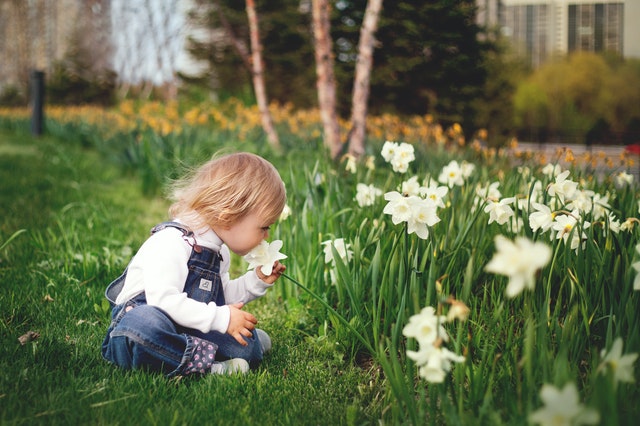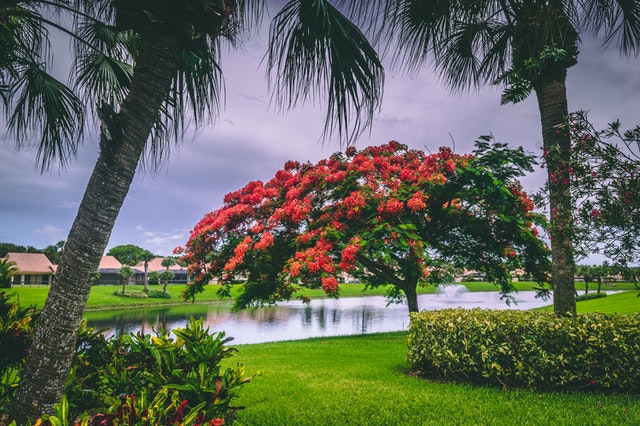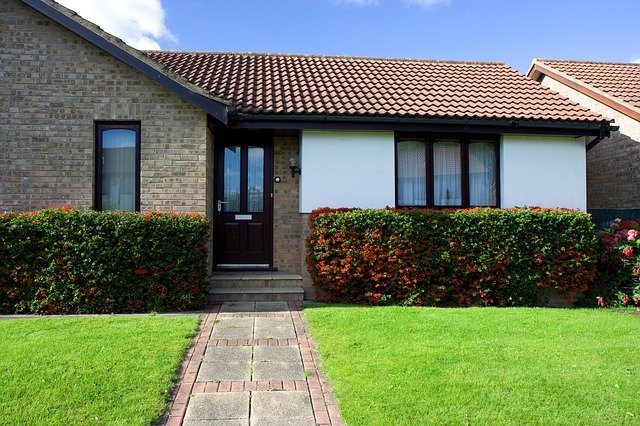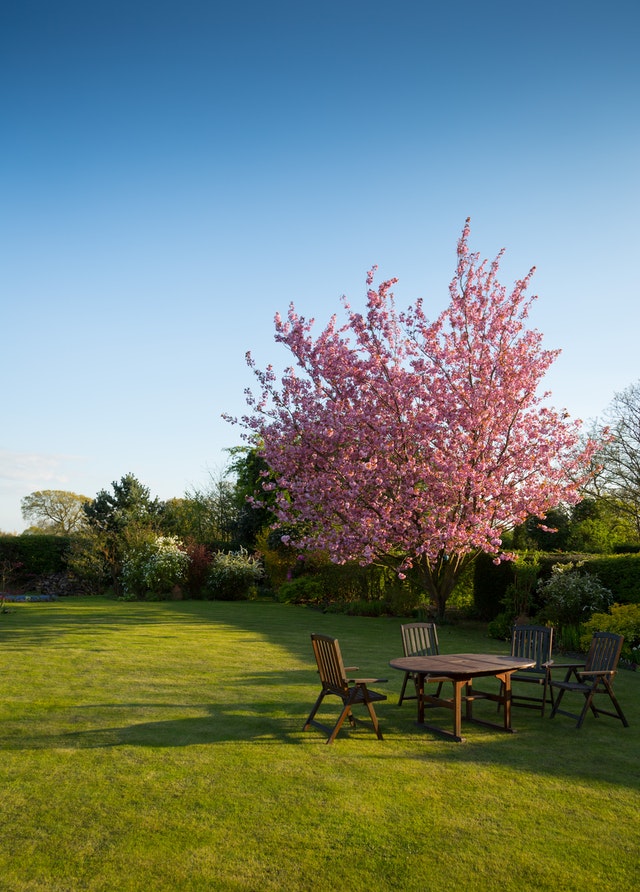Plant Placement: Location, Location, Location
Placing your trees: Trees come first. Draw a plump, juicy dot wherever you think you need a tree. (The dot represents the trunk, not the eventual spread of the canopy.) if you’re planting a grove of dogwoods and your research tells you they grow about 16 feet wide, your dots will be that far apart. (If you’re drawing at 1/8-inch scale, that’s two inches on your plan.) That way, their tips will gently caress, not entangle, when they’re all grown up. Think about where they’ll cast shade, and how close they are to obstructions and paving. Generally, the roots will spread as wide as the canopy. (Draw the canopy if you like.)
Placing your high and medium plants: For the tall background plants, keep the palette simple, selecting at most, two or three species to fill the big spaces. These are the supporting actors and too much variety will become a distraction for the smaller workhorse plants in the middle and foreground. Plant multiplies of each in grouping, the way Mother Nature does it.
I’m okay with packing background plants a little bit tighter than their mature size if your objective is a dense screen, but not closer than 75 percent of their full spread. For example, although some forms of boxwood (Buxus sempervirens) can grow 10 feet wide and high, you can pack them in at 7 or 8 feet apart. If you’re really impatient, I give you permission to start twice as many as you eventually need at 5 feet spacing, then cull out every other one as they converge. Thinning the stand makes maintenance easier in the long run.
However, if your shrubs or big ornamental grasses will be standing out in the open where their inherent natural form is an asset, leave extra space around them. Also, think about other plants nearby and whether you want a dense, slightly overgrown mass, or prefer a bit of breathing room between masses.
Your objective at this point in the design is to create attractive layers of plants for an interesting visual composition. As you work your way toward the viewer, it’s fine to increase the number of varieties in the middle range, adding complexity and seasonal variation. When in doubt, look at examples of the style you’re creating and let that be your guide.
Placing your low plants: whatever ground is left will be filled with low growing plants (or in some cases, an attractive swatch of mulch or decorative rock). I find it hard to control myself at this stage, because there are so many cool ground covers and perennials with lots to contribute.
Think of low perennials as a transition from your medium shrubs, blending them into the color scheme you’ve chosen and considering how their form and foliage can expand the complexity of the design, or harmonize with the motif you’ve established. Here’s a good place to introduce bright, variegated leaves, if you haven’t already.
Ground covers (prostrate plants that spread by clumping or runners) are used in the foreground of the bed. When used in broad swathes, they can be a stabilizing element in the grand scheme and give the eye a rest. Or plant them between stepping-stones, but be careful to select well-behaved, fine-textured ones, lest they overrun your path.
The ultimate low-growing plant is a grass lawn, that emblem of suburbia. Do you really need a silly patch of water-hogging, time-consuming lawn to store your pole vaulting equipment? When you have a chance, join me in Appendix E for my rather strong feelings about turfgrass, “Murder Your Lawn.”




